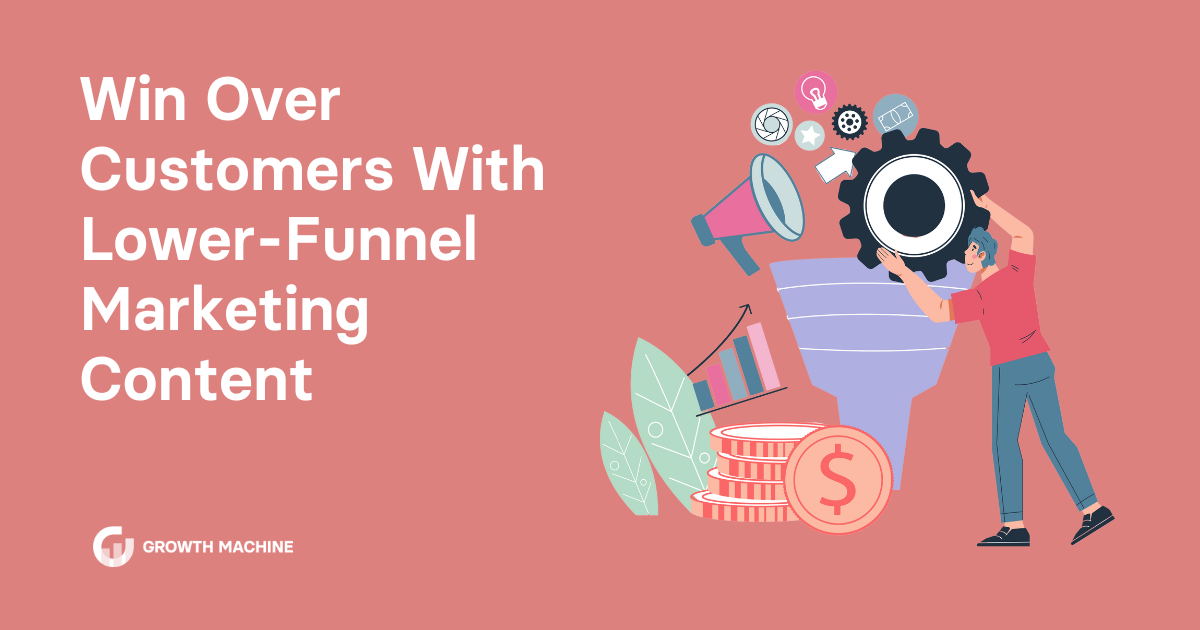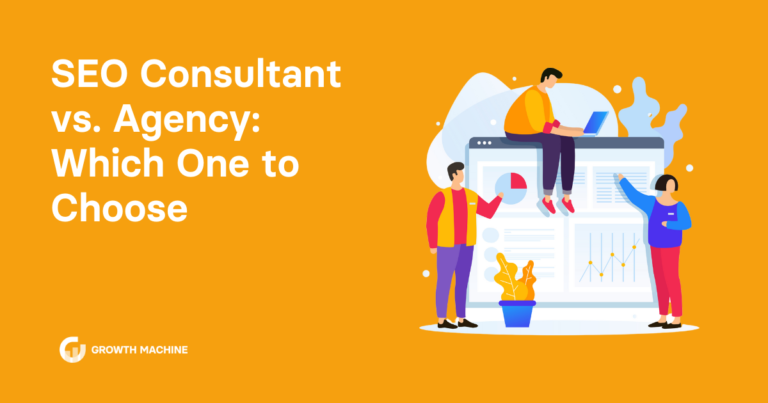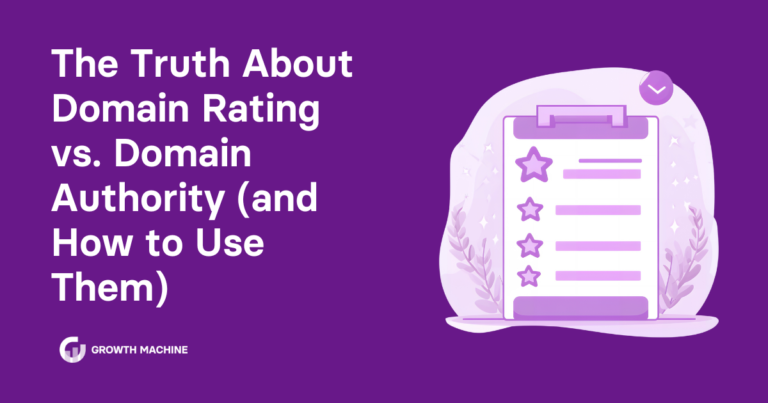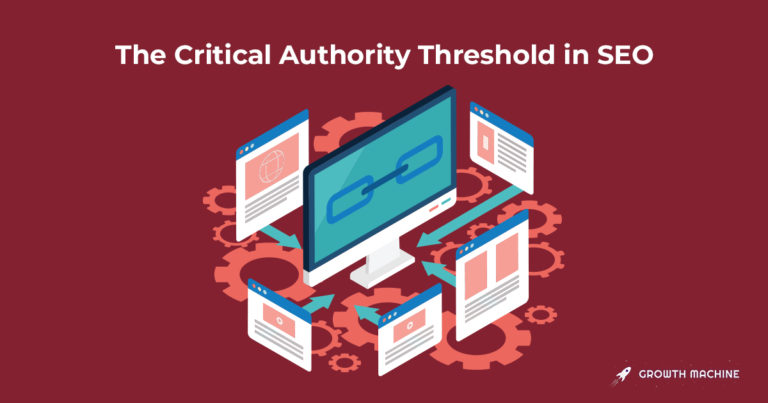Win Over Customers With Lower-Funnel Marketing Content
When potential customers visit your site, they aren’t ready to buy just yet. They need more information about your brand, your products, and your team — they’ve got to think things over.
Instead of using a hard sell on everyone who comes in contact with your brand, you can take a nuanced approach by creating a funnel marketing strategy. With the marketing funnel, you build relationships at every stage of the customer journey, from first contact to purchase.
Upper-funnel and middle-funnel strategies matter, but lower-funnel marketing strategies reign supreme when it’s time for the rubber to hit the road. This phase demands precision, trust-building, and highly targeted content marketing strategies to maximize impact.
You don’t need to be a marketing expert to master lower-funnel marketing — it’s all-star content that makes converting a no-brainer for your readers. This guide breaks down proven strategies for crafting funnel content that turns heads.
What Is Lower-Funnel Marketing?
With lower-funnel marketing, you nurture prospects in the final stage of the buyer’s journey. Think of the sales funnel as a journey with different levels of intensity.
The top of the funnel casts a wide net by creating content that piques your audience’s general interest.
The middle of the funnel shifts gears, providing more in-depth content, such as webinars, case studies, or email campaigns to nurture prospective customers.
When you reach the bottom of the funnel, it’s crunch time. Here, you create more targeted content, like special offers or product demos, to transform interested prospects into paying customers.
Unlike top-of-the-funnel or middle-of-the-funnel stages, where you focus on brand awareness and education, lower-funnel marketing is all about sealing the deal.
At this point, your efforts zero in on conversions, addressing lingering pain points, showcasing social proof, and offering compelling calls to action that motivate potential buyers to say “Yes!”
Sure, writing content for a marketing funnel is more effort, but it’s worth the payoff. Writing effective lower-funnel marketing content will:
- Improve conversions: Lower-funnel content is more fine-tuned and aligned with your target audience’s needs. You’ll secure more conversions because laser-focused marketing tactics transform interest into action.
- Boost retention: Ongoing loyalty is where the money’s at, and lower-funnel marketing content offers personalized incentives and follow-ups that boost customer retention. Marketing to existing customers is cheaper than acquiring new ones (and they tend to spend more), so this is an excellent strategy for boosting sales.
- Generate more ROI: Everybody wants to see a return on investment (ROI), especially in marketing. With a clear funnel marketing strategy, every piece of content and interaction drives measurable results, from limited-time offers to remarketing ads.
Content and lower-funnel marketing work hand-in-hand to persuade your audience to take the last step before converting.
You need a solid understanding of your buyer persona to pull it off, but delivering high-value content tailored to potential customers’ needs at every stage of the marketing funnel establishes connections that last long past a first purchase.
Six Strategies for Creating Lower-Funnel Content
Lower-funnel marketing converts curious leads into paying customers. Content is key, but crafting copy that hits the mark isn’t easy. Follow these strategies to create lower-funnel marketing content that converts more leads into customers.
1. Invest in Case Studies
The great thing about lower-funnel marketing is that your audience is already aware of your brand and products. They just need a little nudge to make a purchasing decision, which is why case studies are invaluable.
They showcase your real-world success, spelled out in both quantitative data and qualitative customer experiences. Choosing your brand becomes a no-brainer when they see the jaw-dropping results you created for previous customers.
You don’t need a ton of case studies, but we recommend writing at least five as a baseline. Feature a variety of clients with different pain points so potential customers see everything you’re capable of.
Case studies require in-depth research, so it’s no surprise that businesses struggle to write them.
If you’d like to sit back and reap the benefits of case studies without lifting a finger, our marketing content team can write everything for you.
2. Write Product Comparisons
It’s unfortunate, but not every lower-funnel customer will convert. Some will drop out entirely, while others will go to your competitors. If you’re losing out to the competition, create robust product comparisons to gain an upper hand.
Product comparisons lay out each option’s differences, pros, and cons. Some comparisons look at just two options, while others assess three or more.
Provide enough detail that the comparison is helpful but not so much that it’s overwhelming for new customers. You want to subtly suggest your company as the best choice, of course, but the more objective and fair you can be, the more your audience will trust your opinion.
Use star ratings, eye-catching formatting, and summaries to boost engagement.
3. Request Genuine Testimonials
Testimonials are marketing gold. Nearly 100% of shoppers look at reviews before buying something. Providing genuine, detailed testimonials ensures these folks see your business in its best light.
Testimonials that speak to your product’s impact, highlight solved pain points, or showcase transformative results can tip hesitant prospects over the edge, turning their “Maybe” into a firm “Yes.”
You’ll need to put in some legwork to gather testimonials. Ask satisfied current and past clients if they would be willing to write a short testimonial.
You can speed up the process by providing an example of what you’re looking for. If clients are still on the fence, offering a backlink to their site or a discount on future orders will usually do the trick.
4. Personalize Messaging
Nobody wants to feel like a number, and that goes double for lower-funnel leads. These potential customers expect to see personalized content that makes it clear you understand their pain points.
This strategy requires a little more elbow grease, but 71% of customers expect personalization (and 67% feel frustrated when they don’t get it), so personalizing is worth your time. Personalize the lower funnel by:
- Tailoring email marketing campaigns based on user actions, like abandoning a shopping cart. You can also segment users based on demographic or historical data to write more targeted content.
- Creating landing pages with dynamic content, which changes based on a user’s location or interests.
- Offering special discounts or promotions for first-time buyers or loyalty rewards for repeat customers.
- Promoting targeted product recommendations based on browsing history.
- Remarketing with custom ads. Retargeting ads put your products or services in front of users who bounced from your site, keeping you top-of-mind.
5. Always Include a Call to Action
You might be able to get away without a call to action (CTA) at the top of the funnel, but that just won’t cut it in lower-funnel marketing. This stage is all about spurring action, so a CTA is a must.
Whether you’re encouraging folks to sign up for a product demo, snag a free trial, or buy something, clear CTAs keep your audience focused on the next step in the customer journey.
Don’t mix CTAs; each piece of content should only have a single next step. If visitors aren’t taking action on your CTAs, use A/B testing (also called split testing) to see which options drive conversions.
6. Nail Your Promotional Strategies
Writing killer content is important, but people won’t read it if you don’t promote it. Create a lower-funnel marketing promotion strategy to put yourself in front of more potential buyers.
Your audience is likely on a mix of channels, from email to social media, so don’t put all of your eggs in one basket. Promote your lower-funnel content in a variety of formats on multiple platforms, including:
- Social media
- Email campaigns
- Display ads
- Influencer partnerships
- SMS or text message marketing
- Referral programs
Optimize Your Digital Marketing With Growth Machine
Impact is the real goal of lower-funnel marketing. Not all potential buyers will convert, but a thoughtful content strategy will persuade more folks to tap the “Buy” button.
Mastering lower-funnel marketing requires creating content that speaks directly to your customers’ needs and concerns.
Remember, every piece of funnel content at this stage has the power to transform interest into action. The strategies in this guide will get you far, but implementing a full-funnel strategy takes time and focus.
We’re here to help strengthen your marketing efforts. From engaging funnel content to personalized messaging and optimized marketing tactics, we ensure every step of your customer journey leads to lasting engagement. Ready to see your conversion rates soar? Contact Growth Machine to discuss how we can help you build a customized strategy that works for your business.







